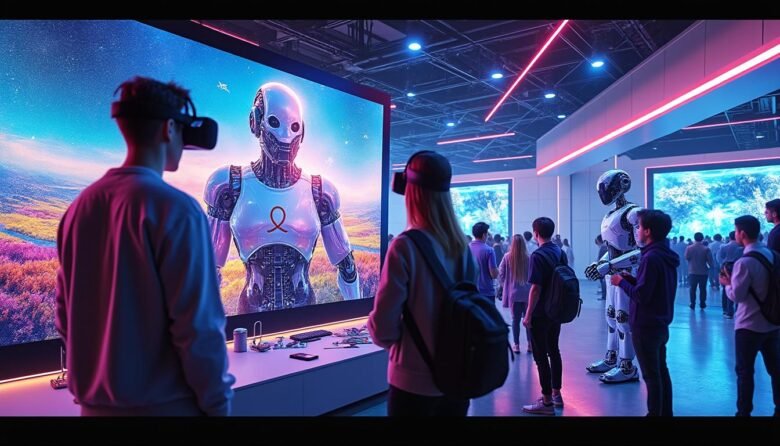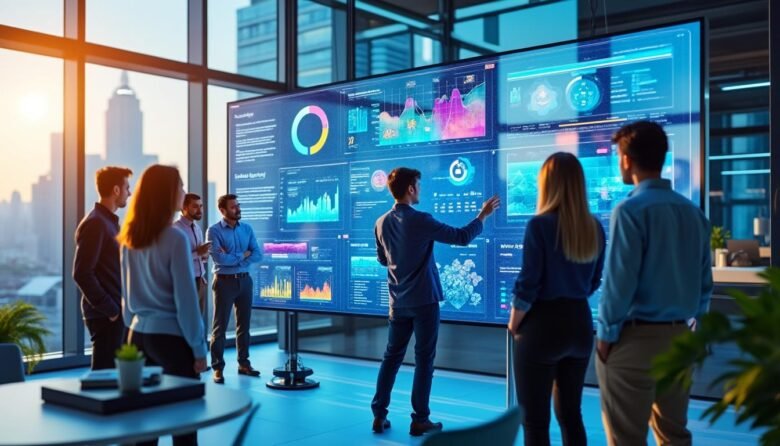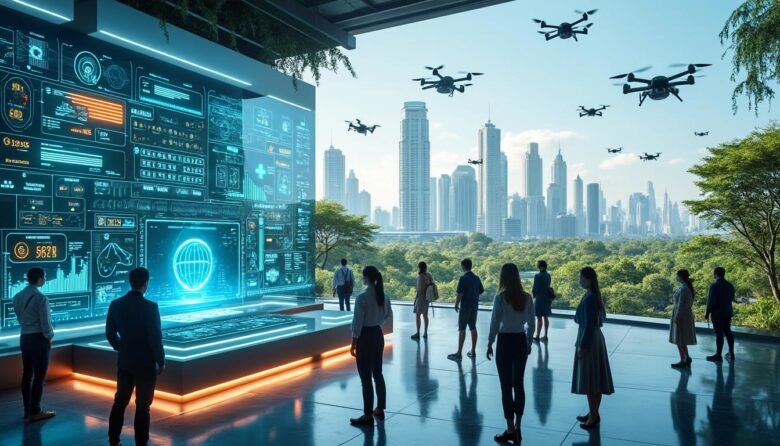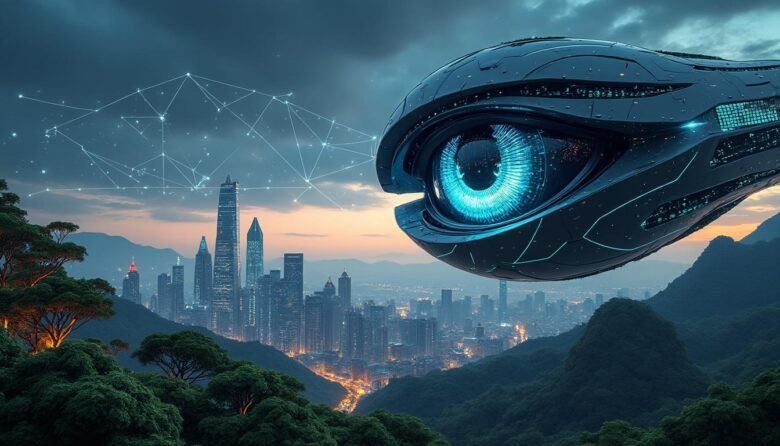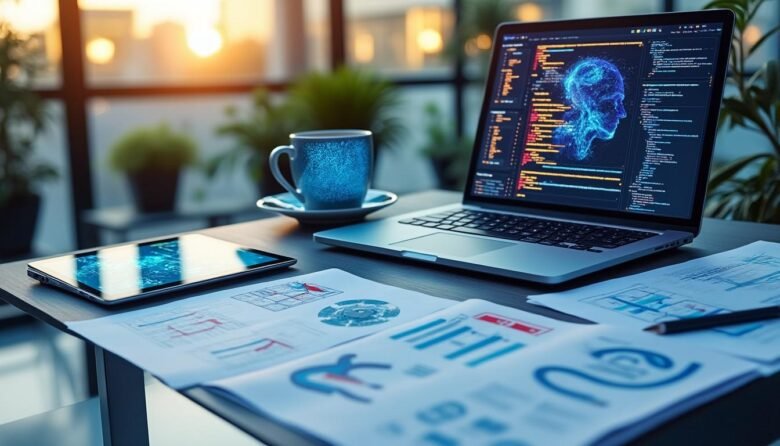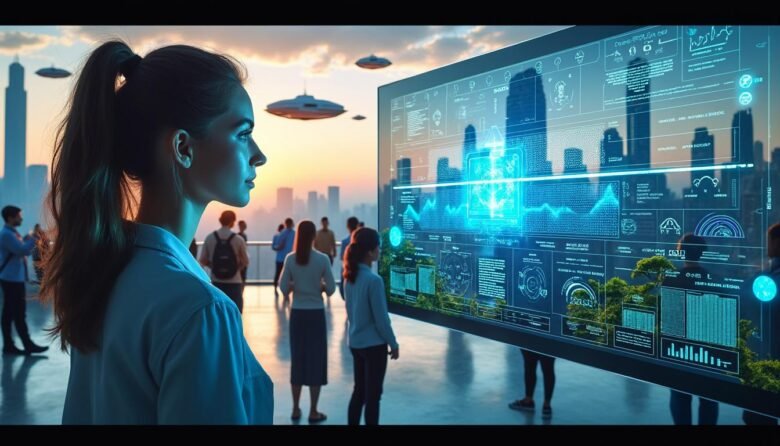En bref The entertainment industry in 2025 sits at a dynamic intersection of creativity and computation. Studios experiment with AI-assisted writing, previs, and visual effects, while streaming platforms fine-tune personalization and interactive storytelling. Digital humans—powered by advanced multimodal models and responsive synthesis—are moving from novelty to staple features of virtual performances and marketing campaigns. Within …
En bref The rapid evolution of artificial intelligence is not a distant future phenomenon; it is influencing decisions, workflows, and education today. From factory floors to medical imaging, AI technologies are enabling unprecedented levels of precision, personalization, and speed. Yet the promise is not automatic. Realizing AI’s potential requires deliberate strategy, thoughtful governance, and a …
En bref In the crowded world of tomorrow’s signals, artificial intelligence is no longer just a helper for data wrangling; it is a companion that interprets signals, aligns patterns across disparate sources, and proposes two or three distinct futures. As 2025 unfolds, businesses and researchers increasingly rely on specialized forecasting engines—each with its own strengths …
Across decades, artificial intelligence has moved from a collection of algorithms to a surrounding perceptual system that seems to watch, suggest, and anticipate. The term “omniscient gaze” is not a claim of literal all-seeing knowledge, but a metaphor for how modern AI aggregates signals from myriad sources—mobility, language, visuals, sensors, and social data—to form a …
In 2025, artificial intelligence stands at a crossroads where rapid breakthroughs meet intensified scrutiny. Technologies from OpenAI, Google AI, and NVIDIA AI shape everyday workflows, while platforms like Microsoft Azure AI, IBM Watson, and Amazon Web Services AI scale AI-enabled capabilities across industries. The conversation has shifted from “what can AI do?” to “how should …
En bref In a data-rich era, the question of whether AI can foresee future events commands attention across sectors. This article unpacks what forecasting means in practice, how AI approaches prediction, and where the boundaries lie as of 2025. It contrasts patterns that AI can learn from historical data with events that resist reliable forecasting …
En bref The following article blends reportage, practical guidance, and visionary storytelling to present a future where artificial intelligence becomes a trusted companion in the outdoors. Across five sections, readers will encounter concrete examples, structured analyses, and evocative anecdotes—each section standing as a self-contained exploration while contributing to a cohesive whole. A pair of evocative …
En bref In the rapidly evolving landscape of aerial anomalies, artificial intelligence is not merely a tool but a co-pilot guiding scientists, engineers, and policymakers toward a structured understanding of what is being observed in the sky. The year 2025 stands out for its convergence of multi-modal data streams: citizen sightings, commercial satellite feeds, radar …
En bref Across the last decade, neural networks have migrated from niche experiments to the backbone of modern intelligent systems. By 2025, they power everything from image and speech understanding to strategic game play, robotics, and complex data analysis. What makes them remarkable is not a single trick but a constellation of principles: distributed representations …
En bref Opening overview: In 2025, artificial intelligence sits at a pivotal crossroads where unprecedented data-processing power meets equally significant obligations to people and society. The world has witnessed rapid integration of AI into daily workflows, with cloud platforms like Microsoft Azure AI and Amazon Web Services AI embedding intelligent capabilities into enterprise software, consumer …

